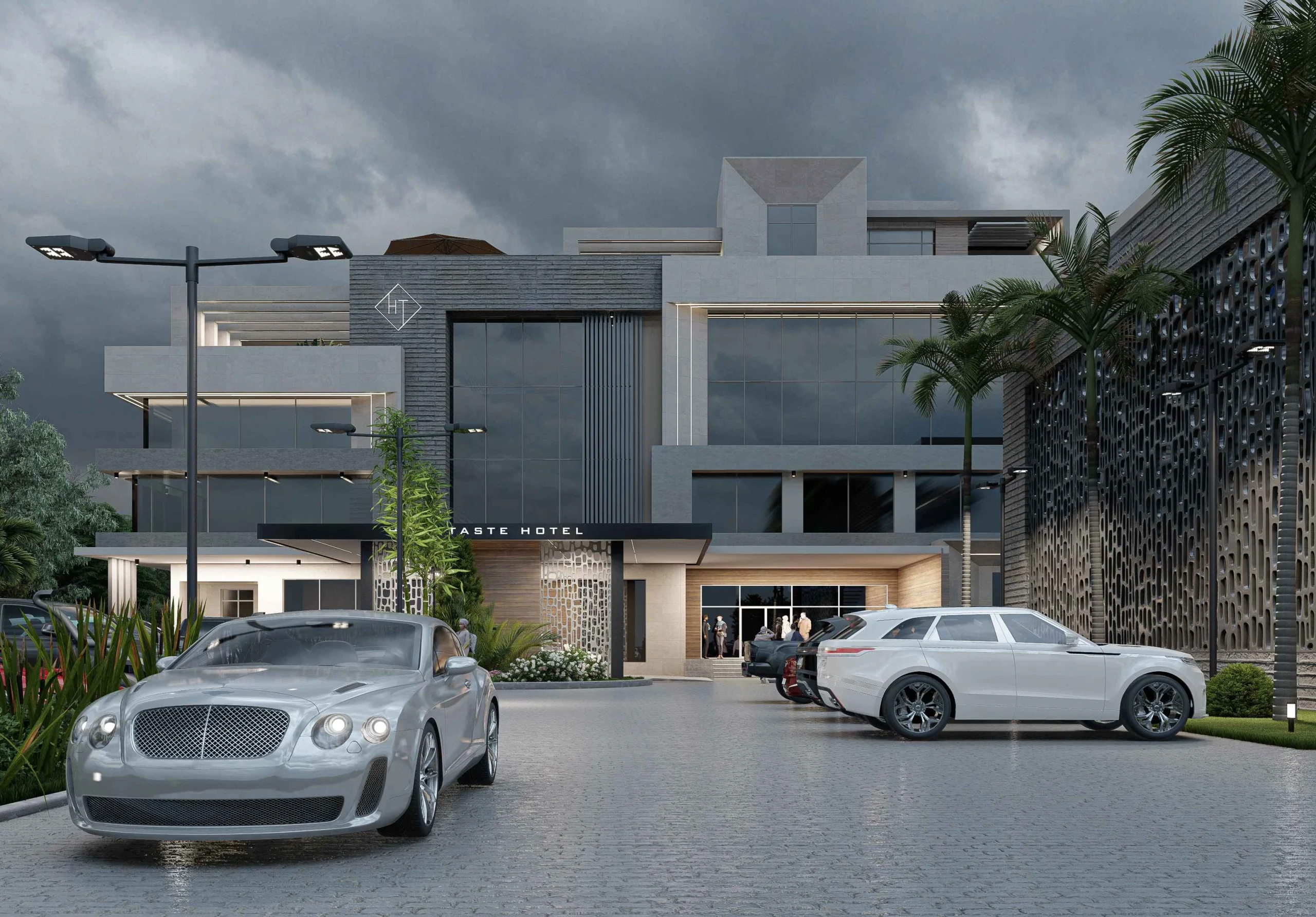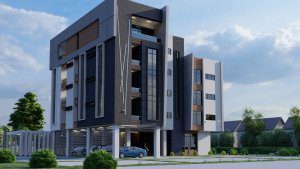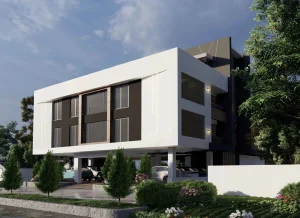Examine urban planning strategies and architectural designs aimed at creating more livable, resilient, and equitable cities.
The future of urban development is focused on creating more livable, resilient, and equitable cities through innovative urban planning strategies and architectural designs. Here are some key trends and approaches shaping the future of urban development:
Mixed-Use Development: Urban planners are increasingly promoting mixed-use development, which combines residential, commercial, and recreational spaces within the same neighborhood or district. This approach reduces the need for long commutes, promotes walkability, and creates vibrant, diverse communities.
Transit-Oriented Development (TOD): TOD focuses on creating dense, mixed-use developments around public transportation hubs. By encouraging compact, walkable neighborhoods with easy access to transit, TOD reduces reliance on cars, lowers greenhouse gas emissions, and promotes sustainable urban growth.
Green Infrastructure: Cities are investing in green infrastructure, such as parks, green roofs, and urban forests, to mitigate the impacts of climate change, improve air quality, and enhance residents’ quality of life. Green spaces also provide habitat for wildlife and reduce the urban heat island effect.
Smart Growth: Smart growth principles emphasize compact, sustainable development patterns that minimize sprawl, preserve natural areas, and promote efficient land use. By prioritizing infill development, transit accessibility, and mixed land uses, smart growth supports economic vitality, environmental sustainability, and social equity.
Resilient Design: With the increasing frequency and intensity of natural disasters, resilient design has become a critical consideration in urban development. Resilient cities incorporate measures such as flood-resistant infrastructure, green stormwater management systems, and adaptable building designs to withstand and recover from shocks and stresses.
Social Equity: Urban planners are prioritizing social equity by addressing issues such as affordable housing, access to healthcare, transportation equity, and inclusive community engagement. By ensuring that all residents have access to essential services and opportunities, cities can reduce disparities and promote social cohesion.
Compact Urban Form: Compact, dense urban development reduces the ecological footprint of cities, minimizes infrastructure costs, and fosters a sense of community. Compact urban form also supports efficient public transit systems, encourages active transportation, and preserves natural areas on the urban fringe.
Technology Integration: Cities are harnessing technology to improve efficiency, connectivity, and sustainability. Smart city initiatives leverage data and digital technologies to optimize resource use, enhance mobility, and improve service delivery, ultimately creating more responsive and resilient urban environments.
By embracing these urban planning strategies and architectural designs, cities can create more livable, resilient, and equitable communities that meet the needs of present and future generations.




